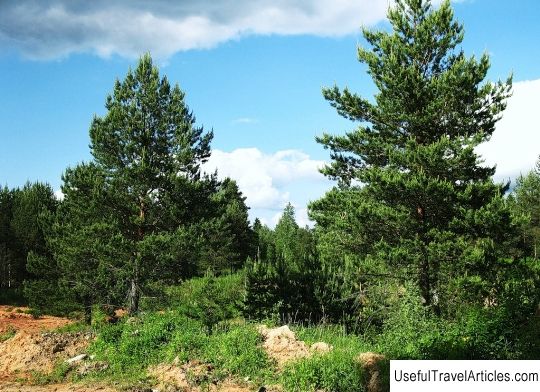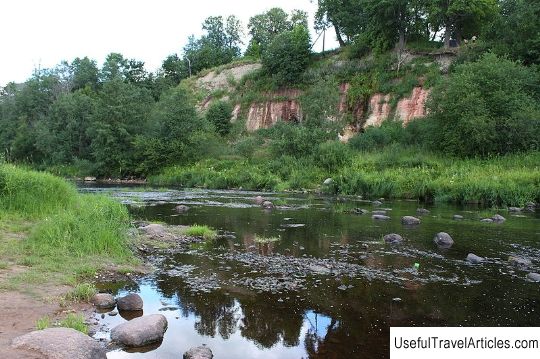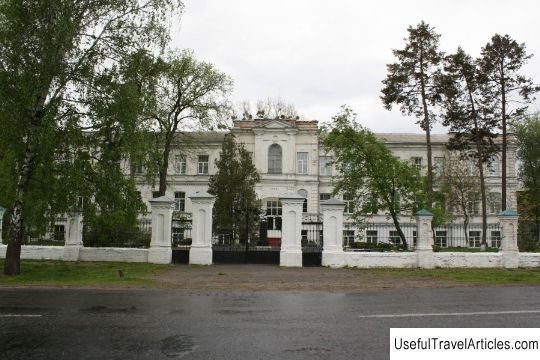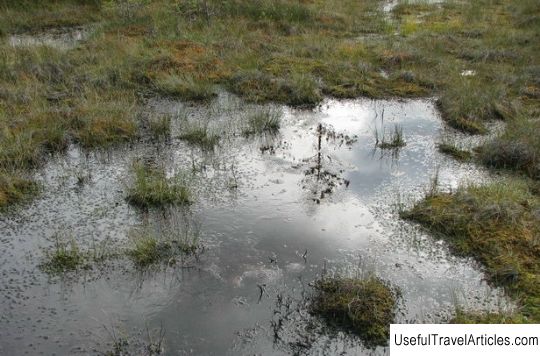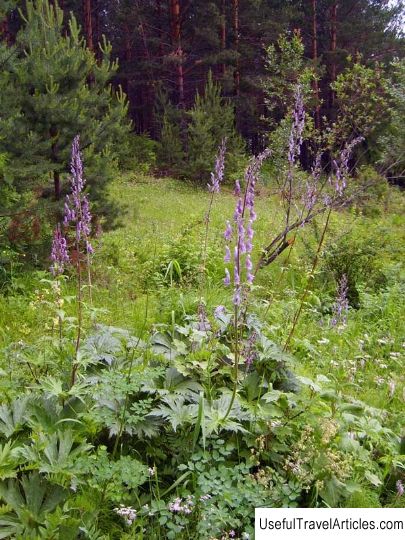Reserve ”Mshinskoe swamp” description and photo - Russia - Leningrad region: Gatchinsky district
Rating: 8,4/10 (689 votes) 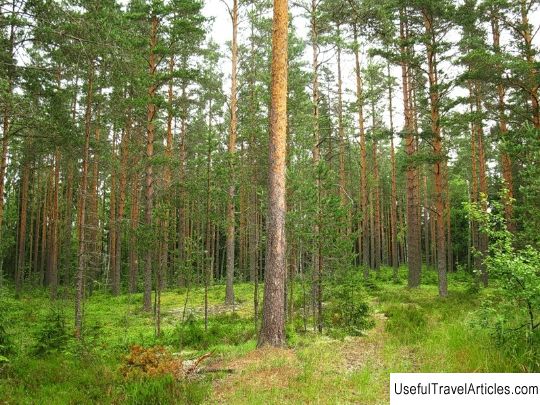
Mshinskoe swamp nature reserve description and photos - Russia - Leningrad region: Gatchinsky district. Detailed information about the attraction. Description, photos and a map showing the nearest significant objects. Photo and descriptionOn the territory of two neighboring districts, Gatchinsky and Luga, between four settlements: Mshinskaya, Chashcha, Torkovichi and Divenskaya, there is a federal complex reserve "Mshinskoe swamp". The reserve was founded after the adoption of the resolution of the Lenin Regional Executive Committee on March 29, 1976. The main purpose of its creation is to protect in its original form the largest swamp massif of the Leningrad Region, which includes seven lakes and where the sources of eight rivers are located. In the early 80s, the reserve was transformed into a republican one, and in 1994, by the decree of the Government of Russia, it was attached to the wetlands of international importance "Mshinskaya bog system". The area of the reserve is more than 69 thousand hectares, with 9 thousands of hectares are occupied by lakes, the largest of which are Strecno and Valje. The natural complex also includes lakes Glukhoe, Mochalishche, Oseika, Litvino, raised bogs, which are a kind of framing of lakes, loons, lakes, the sources of the Rakitinka and Zhelezyanka (Yuzhnaya) rivers. The territory of the reserve occupies an area in the watershed of the Oredezh and Lizard. The map shows that the reserve has a shape elongated in the meridional direction. The massif consists of 10 ridge-lakes and separately located bogs, in which heather and white ossuary grow abundantly. A small part of the reserve is occupied by pine-shrub-sphagnum bogs. The north-west of the reserve is located under the mesoeutrophic tracts of cotton grass-rotational-sphagnum bogs, which are bordered by swampy black alder on the coast. There are black alder swamps on the southern border of the land. Molosovskoe lakes in the southeast of the massif are surrounded by several eutrophic key bogs overgrown with hypnum mosses, black alders, herbs, sorrel, marigold, orchids (marsh dremlik and Lesel's elk). The flora of the lakes is diverse. There are thickets of horsetail, sphagnum rafts, reed, cattail, floating pond, egg-pods, erect head, water lilies and naiad. At the beginning of the 20th century, water rice was planted in the Strechnoi Valje lakes. 636 species of vascular plants and about 130 species of leafy mosses grow on the territory of the reserve. In the forests along the lakes and bogs, conifers predominate; there are oak-herb spruce forests with maple and lungwort. Oxalis and blueberries, clefthoof, and whitewash grow here. You can often find birch and aspen forests. Fauna is common in the southern taiga subzone. Populations of ermines, brown hares, badgers, roe deer, martens, brown bears, weasels, otters, and lynx live on the territory of the reserve. In 1950, the families of the black muskrat, which is found here and now, were released into lakes Strecno and Valje. There are also rare species of birds in the reserve. Quails, golden plovers, gray-cheeked toadstools, white and black storks, black kites, medium and large curlews, large bitterns, gray and white partridges, osprey, gray cranes, clintuchs, common turtle doves, gray owls, gray shrike are found here. In the secluded corners of the lakes nest teal-cracker, broad-legged marsh harrier, marsh harrier, red-headed duck. In the course of research, zoologists also discovered rare species of reptiles and amphibians - the brittle spindle, crested newt. There are also a pond frog, a quick lizard, common snake. Specially protected by law in the reserve are water bodies of lakes and rare species of animals and plants - marsh dumbell, Lesel's elk, large naiad, leafless and nimble lizard, crested newt, osprey, white and black storks , quail, gray crane, white and gray partridges, gray shrike, badger, roe deer, black muskrat, lynx, otter. Despite the fact that the reserve is 99% bordering on forest lands, its ecosystem is serious the threat is the expansion of private economy zones towards the reserved lands, communication networks and territories for people to rest. On the territory of the reserve, deforestation, construction, laying of communications, reclamation works, hunting, fishing from boats are strictly prohibited.       We also recommend reading Church of St. Sava (Crkva Svetog Save) description and photos - Montenegro: Tivat Topic: Reserve ”Mshinskoe swamp” description and photo - Russia - Leningrad region: Gatchinsky district. |
